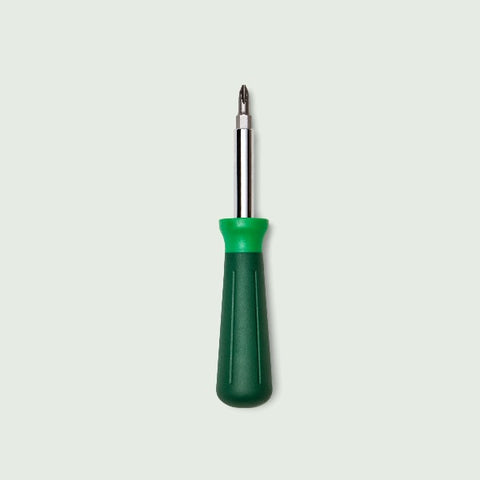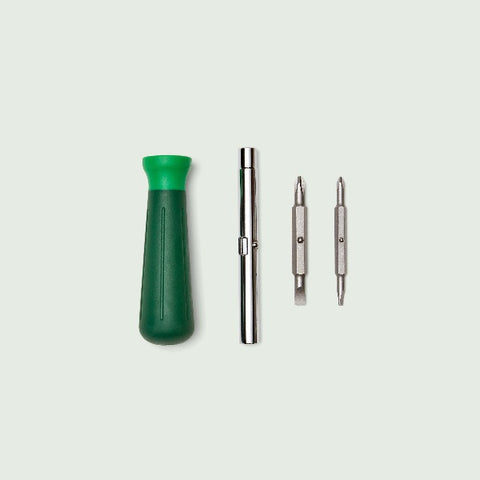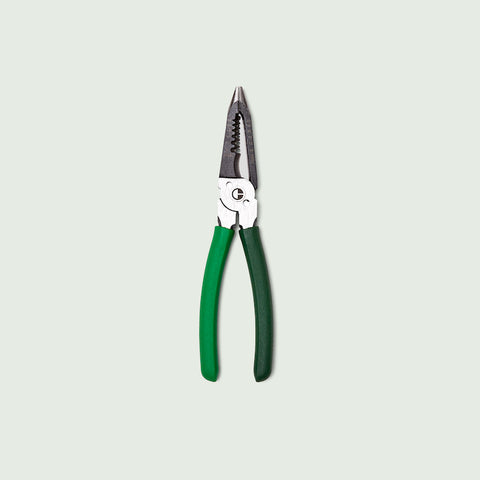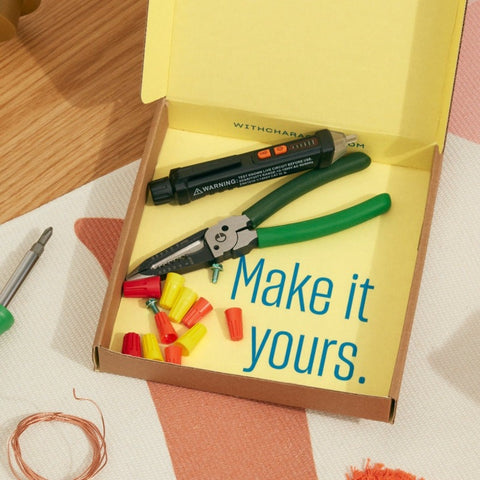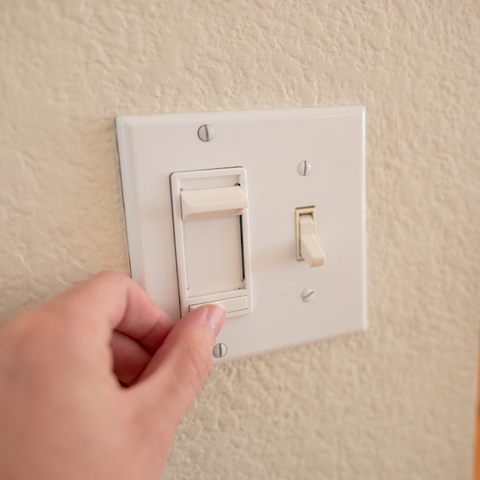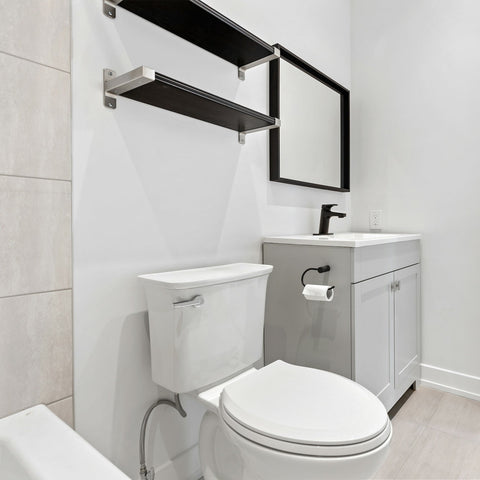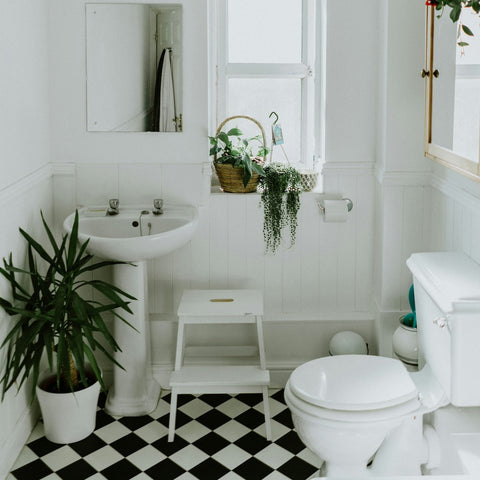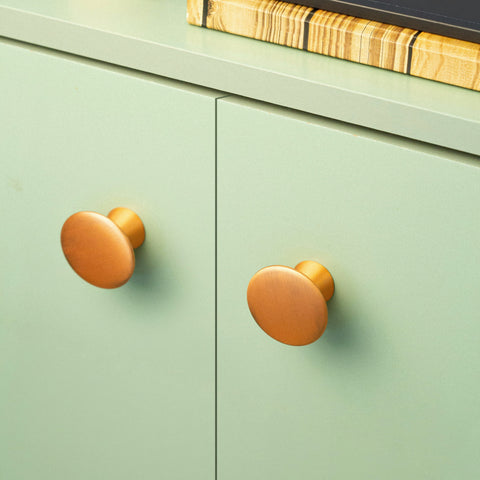Incandescent
Incandescent bulbs are what you think of when you think of a standard lightbulb. They have a filament that is heated to emit light, so they’re high on the energy use scale and have an average life of about one to two years.
Fluorescent
Fluorescent bulbs are ideal for hallways, offices, and large spaces that need lots of light. Fluorescent bulbs convert UV light to visible light. They use low energy, contain mercury and have an average lifespan of between two and seven years.
Compact Fluorescent
Compact Fluorescent bulbs are smaller versions of the fluorescent tube bulbs. They have an average lifespan of between seven and nine years, use only a small amount of energy and contain mercury. They can be used in many different fixtures and are more energy-efficient than incandescent bulbs.
LED
Light Emitting Diode bulbs have a very long lifespan between nine and 22 years. More commonly referred to as LED lights, they don’t use much energy or contain mercury, and are great for everyday use. They’re the most energy-efficient of all the lightbulbs on the market.
Halogen
Halogen bulbs have a filament that emits a glow when heated and are most similar to the standard incandescent bulb but use less energy. They’ve got an average lifespan of between one and two years and come in middle-of-the-pack as far as energy use goes.










